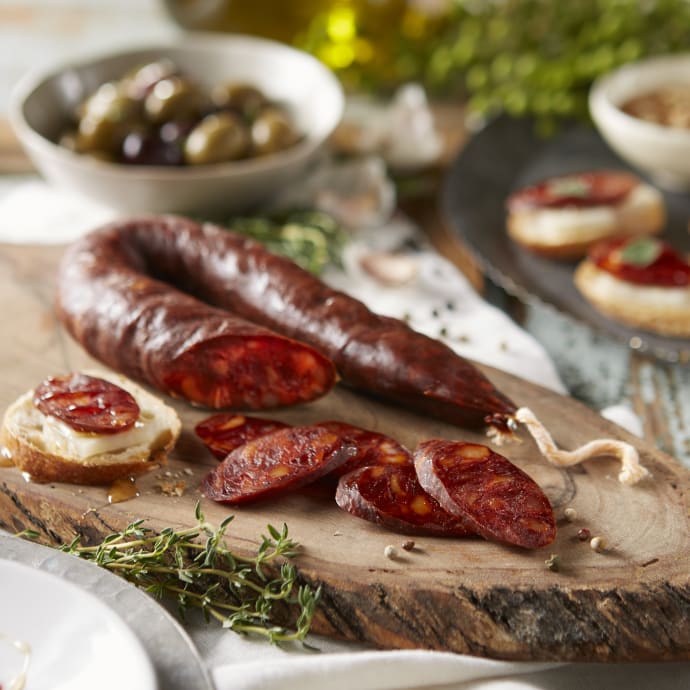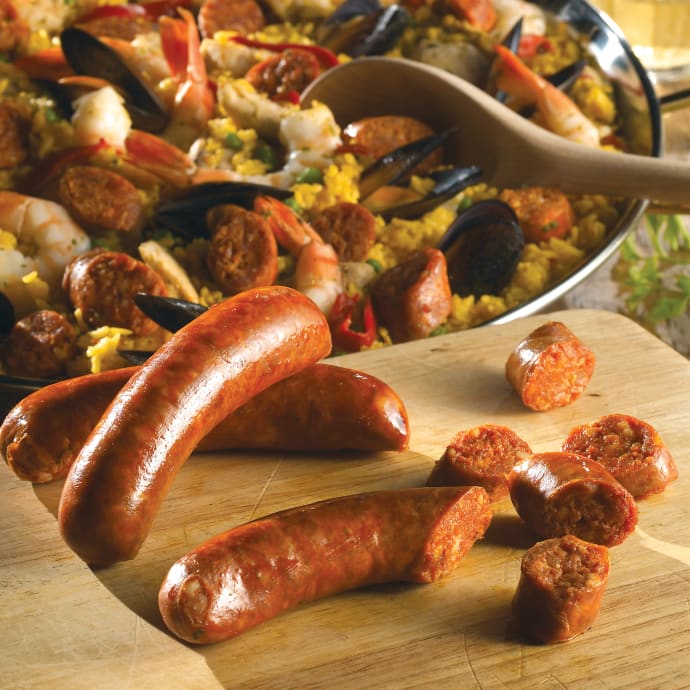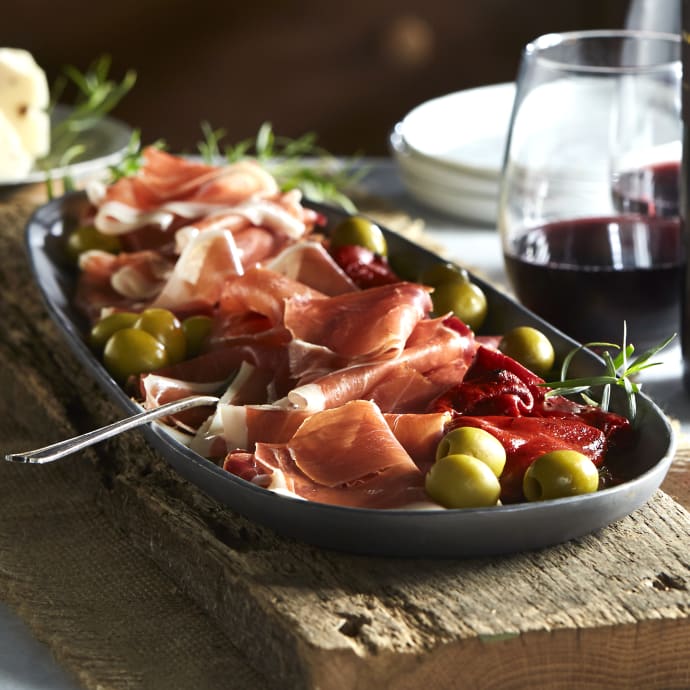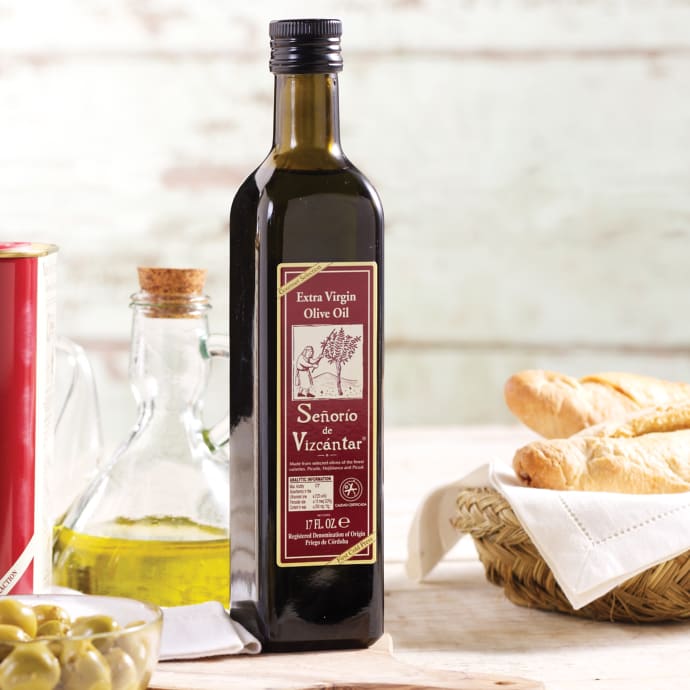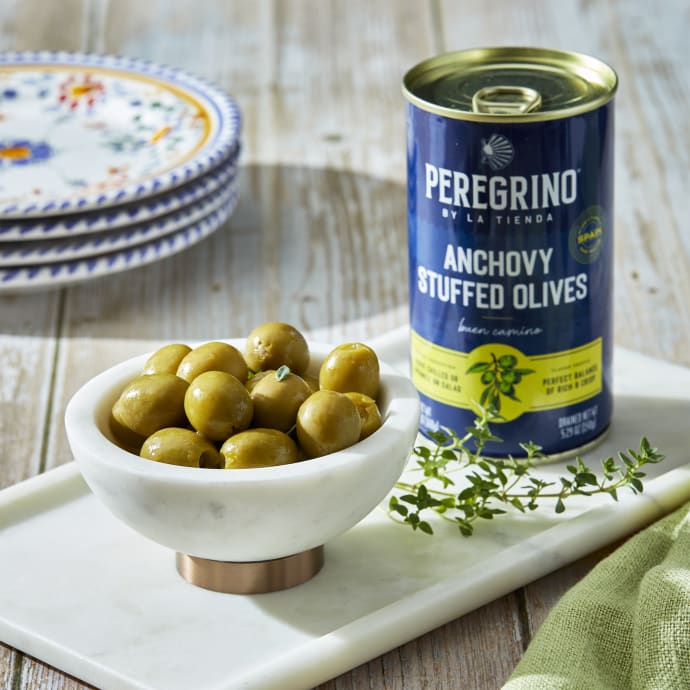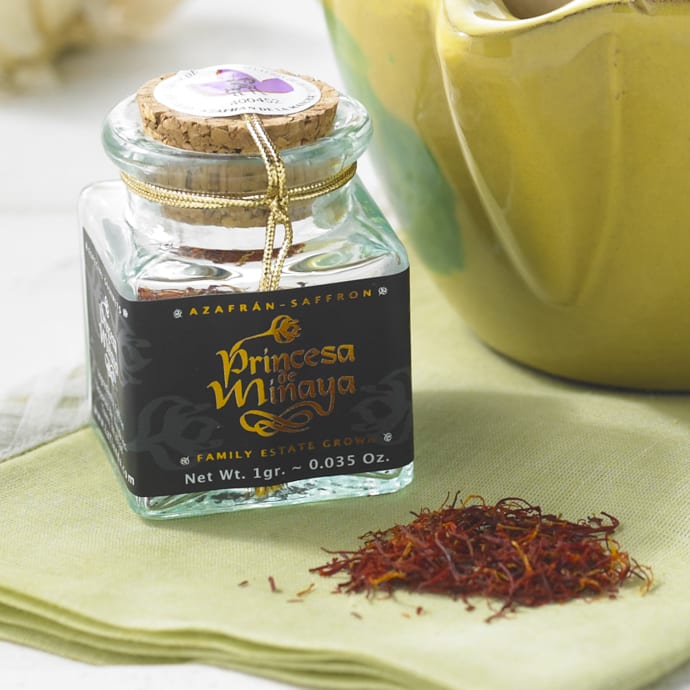Jerry Adler
In Catalonia, on the northeast coast of Spain, it is said that a fish swims three times: in water when it's alive, in oil as it's cooked and then in the wine that washes it down. For the fish, we are suggesting chef Andy Nusser's dorada with blood sausage at Casa Mono (mariobatali.com), Mario Batali's electrifyingly original Spanish restaurant in Manhattan; and for the wine, a 1996 Montecillo Gran Riserva Rioja (about $28, retail). You will notice that the wine is red, a deep ruby red, which the Spanish are perfectly happy to drink with fish because, frankly, their white wines aren't all that hot. But the red Riojas, rich and fruity with a backbone of steel (years to look for: 1995, 1996, 1999 and 2001), are among the most underappreciated wine values on the planet.
For now, that is. How long that will last is anyone's guess, because Spanish food has begun to emerge from its accustomed venue in shadowy bars where college kids swill sangria to the mournful plunk of guitars. Imports of Spanish wine and olive oil have more than doubled in the past five years, Spanish cookbooks are filling the shelves and ingredients like dry-cured Serrano ham (imagine a denser, deeper-flavored prosciutto) and anchovy-stuffed olives are now available to American cooks from sources such as La Tienda tienda.com. Chorizo, the chewy, spicy sausage with a unique affinity for shellfish, eggs and potatoes, is emerging as the pancetta of the 21st century. Which can only mean that Spanish food—especially the Mediterranean-influenced cuisine of Catalonia, redolent of garlic and dripping with olive oil—is poised to leap over Indian and Thai in the long-running competition to be crowned the new Italian.
If it hasn't happened yet, it can only be due to the lack of a critical mass of recent Spanish immigrants (and therefore chefs). One of the leading proselytizers of Spanish food, author of the definitive cookbook "Catalan Cuisine" ($17.95; amazon.com), is the California-bred Colman Andrews. Ironically, Spanish food has derived much of its current cachet from the world-famous chef Ferran Adria of El Bulli, near Barcelona, and his disciples. These include Jose Andres (with a small empire of restaurants in and around Washington, D.C., including the legendary six-stool Minibar) and Francis Paniego, a Catalan chef who was tapped to run one of two restaurants in a Frank Gehry-designed hotel in the famous Rioja winery of Marques de Riscal (www.marquesderiscal.com). But Adria is famous mostly for his wildly inventive cutting-edge international cuisine, not classic Catalan dishes. Paniego shares the kitchen of his home restaurant in the Rioja region with his mother, Marisa Sanchez. "The mother has one side of the restaurant, serving traditional food," says one frequent visitor, "and he has the other. She makes a potato and chorizo stew, the son puts it in a blender and serves it in a cocktail glass."
With an olive, presumably. Catalan cooks make extensive and imaginative use of olives—Andrews's cookbook pairs them with duck, lamb chops, meatballs and veal—and capers, white beans, almonds, duck eggs, salt cod and anchovies. And, of course, rice, notably as the basis for a rich saffron-scented paella, the new risotto. By the same token, says Nusser of Casa Mono, handing over a plate of tender sweetbreads with baby fennel, Serrano ham is the new prosciutto di Parma and manchego cheese the new Parmigiano-Reggiano. Manchego, by the way, comes in three-, six- and 12-month versions, so you'd better taste them now to know which kind to ask for on your cheese plate, along with the ubiquitous quince paste. Of course you'll want to taste both the austere traditional Riojas and the fruit-forward modern ones—and decide if you prefer one that is 100 percent tempranillo, the leading Rioja grape, or a blend of mazuelo, graciano and grenache. But it's well worth the trouble. After all, Rioja could be the next Cabernet Sauvignon.
© 2006 Newsweek, Inc.









